Throughout human history, certain places have defied simple explanations, challenging our understanding of ancient capabilities, natural phenomena, and historical narratives. These enigmatic locations attract researchers, mystics, and curious travelers alike, all seeking answers to the puzzles they present.
Despite decades—sometimes centuries—of investigation, many of these sites continue to guard their secrets, offering tantalizing clues but rarely complete satisfaction to those who study them. Here is a list of 19 mysterious locations around the world that continue to perplex experts and visitors, places where each discovery seems to unveil new layers of questions rather than definitive answers.
Göbekli Tepe, Turkey
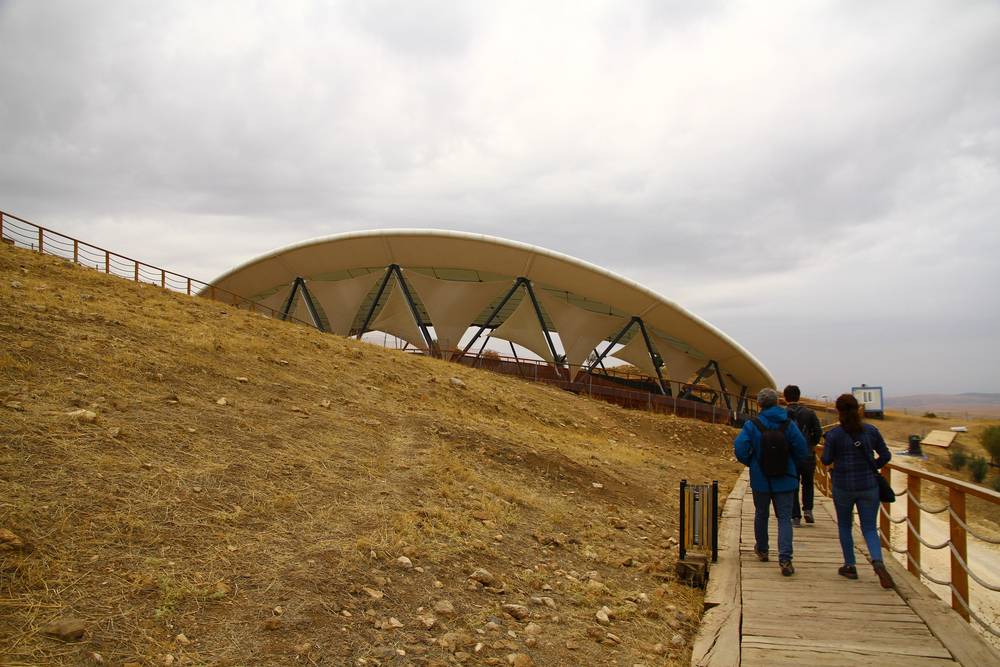
The megalithic structures at Göbekli Tepe predate Stonehenge by 6,000 years, challenging our understanding of prehistoric human capabilities and social organization. The sophisticated stone pillars, carved with detailed animal reliefs, were created by people who had not yet developed pottery or metal tools, raising profound questions about how hunter-gatherers coordinated such complex construction.
Perhaps most perplexing is why, after several centuries of use, the entire complex was deliberately buried under thousands of tons of dirt around 8000 BCE, preserving it in an act that required almost as much coordination as the original building.
Nazca Lines, Peru
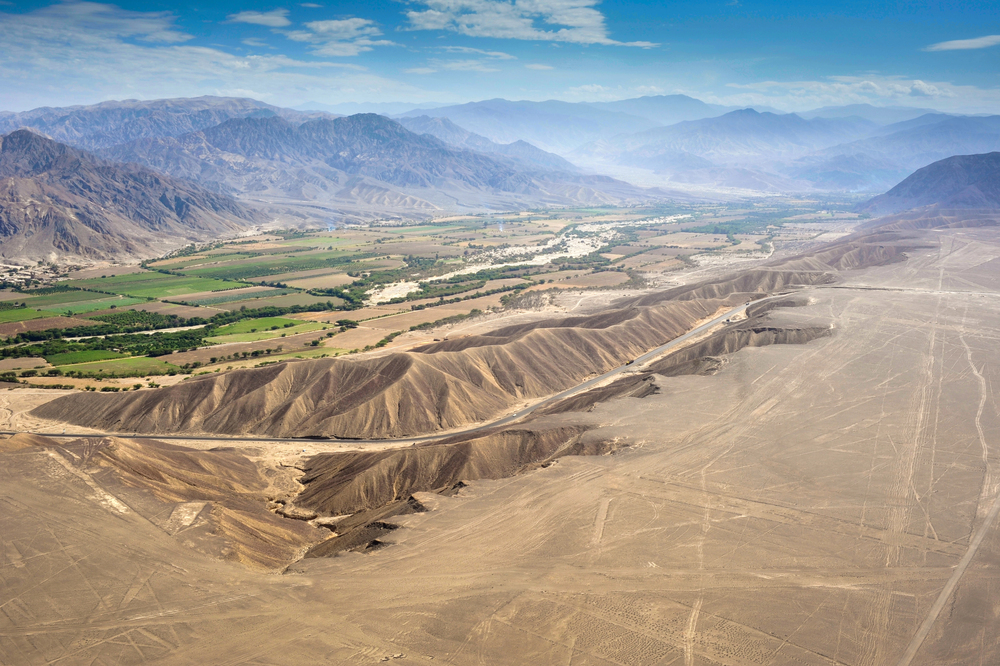
The massive geoglyphs etched into the Peruvian desert maintain their mystery despite a century of scientific study, with questions persisting about both their purpose and creation methods. These enormous designs—some stretching over 1,200 feet—can only be properly viewed from high altitudes, yet were created between 500 BCE and 500 CE when no such aerial technology existed.
The remarkable precision of the lines, their astronomical alignments, and their purpose remain contentious among scholars, with theories ranging from astronomical calendars to ritual pathways to communications with deities.
Like Travel Pug’s content? Follow us on MSN.
Mohenjo-Daro, Pakistan
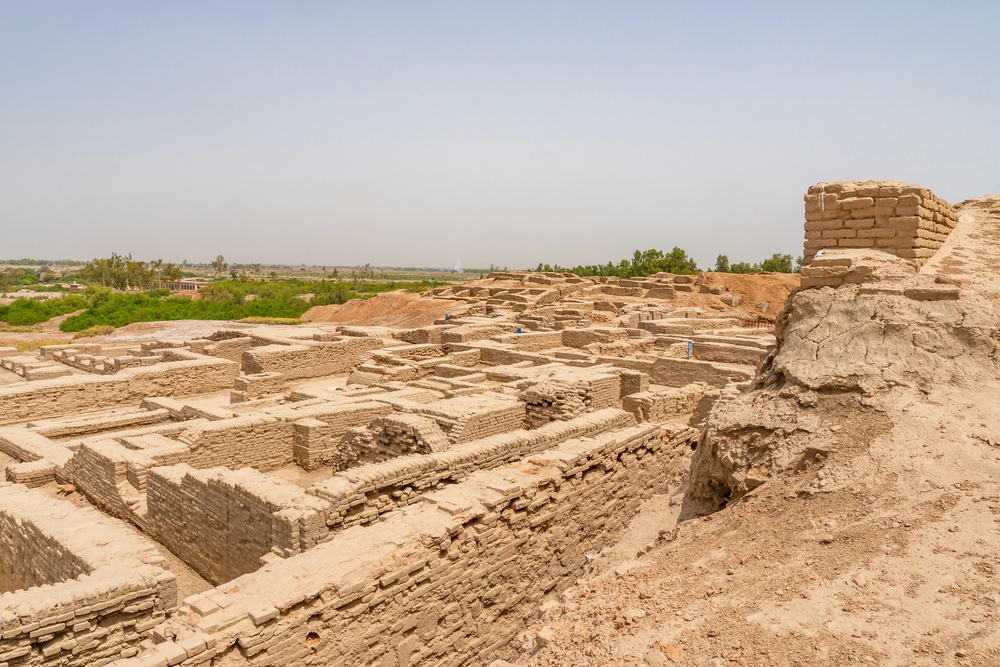
The advanced urban planning of this 4,500-year-old Indus Valley city suggests a sophisticated society that vanished without clear explanation, leaving behind a meticulously designed metropolis with superior sanitation systems. The grid-pattern streets, multi-story buildings, and covered drainage systems were engineering achievements millennia ahead of their contemporaries.
Yet, researchers remain uncertain about the civilization’s language, governance, and eventual fate. The discovery of radioactive skeletons in apparent death poses has fueled speculation about catastrophic endings, though mainstream archaeologists remain skeptical of such dramatic interpretations.
Richat Structure, Mauritania

This perfectly circular geological formation, measuring 25 miles across with concentric rings visible from space, continues to challenge scientific explanation despite its apparent natural origin. Originally thought to be an impact crater, then a volcanic dome, the structure’s perfect symmetry and unusual mineral composition have defied conclusive categorization.
Recent research suggesting it formed through natural geological uplifting and erosion still struggles to explain the formation’s remarkable circularity and why similar structures don’t appear elsewhere with comparable regularity and precision.
Coral Castle, Florida
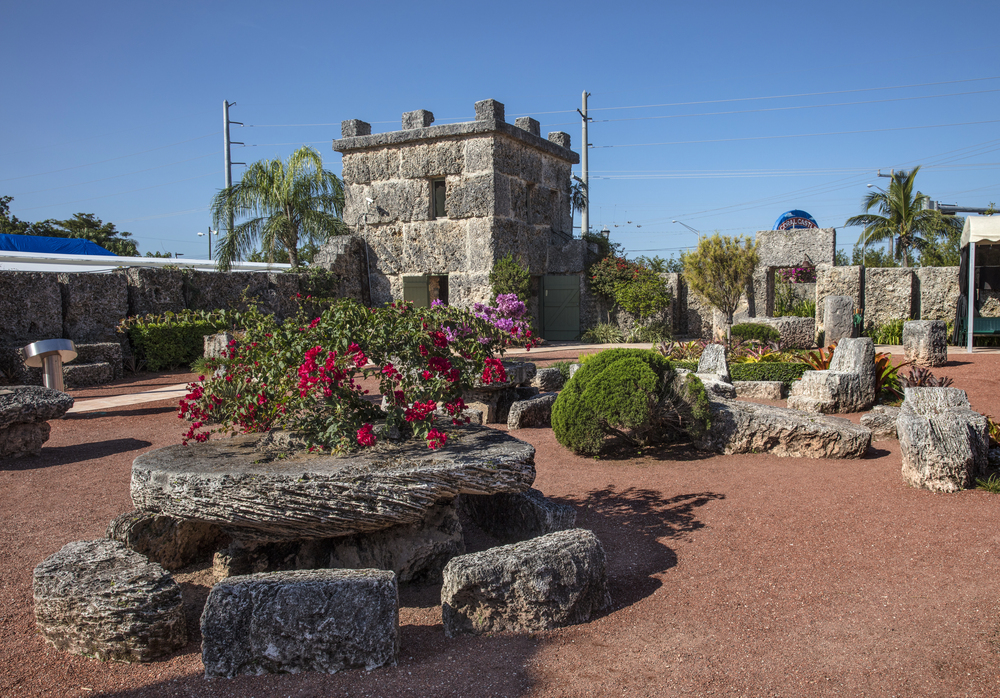
The monolithic limestone structures of Coral Castle were single-handedly quarried, carved, and positioned by one man—Edward Leedskalnin—who stood just 5 feet tall and weighed 100 pounds, yet moved blocks weighing up to 30 tons with no modern equipment.
Leedskalnin worked alone, mostly at night, claiming to understand the same engineering secrets used to build the Egyptian pyramids, yet took his methods to the grave in 1951. The precision of the megalithic stones, their perfect balance that allows massive doors to open with light finger pressure, and the absence of modern tool marks continue to baffle engineers who study the site.
Like Travel Pug’s content? Follow us on MSN.
Sacsayhuamán, Peru
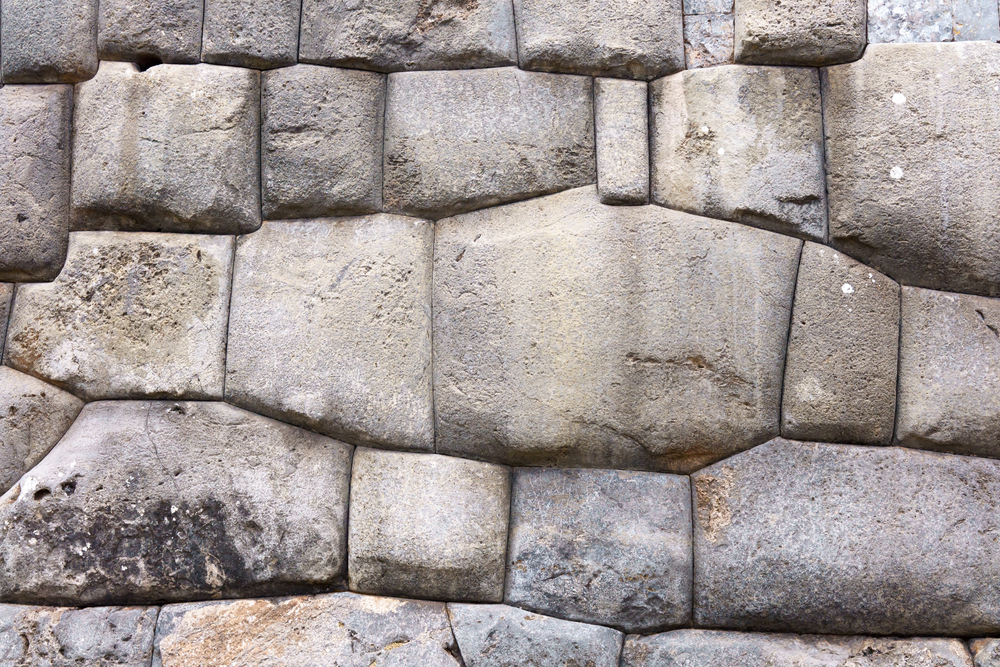
The fortress walls of Sacsayhuamán feature enormous stone blocks fitted together with such precision that not even a piece of paper can slide between them despite their irregular jigsaw-like shapes. Some individual stones weigh more than 100 tons and stand taller than a person, yet were transported uphill from quarries miles away by a civilization lacking the wheel, iron tools, or draft animals.
Modern engineers remain uncertain how the Inca shaped these massive stones with such accuracy, transported them over rugged terrain, and positioned them with millimeter precision at high altitudes.
Longyou Caves, China
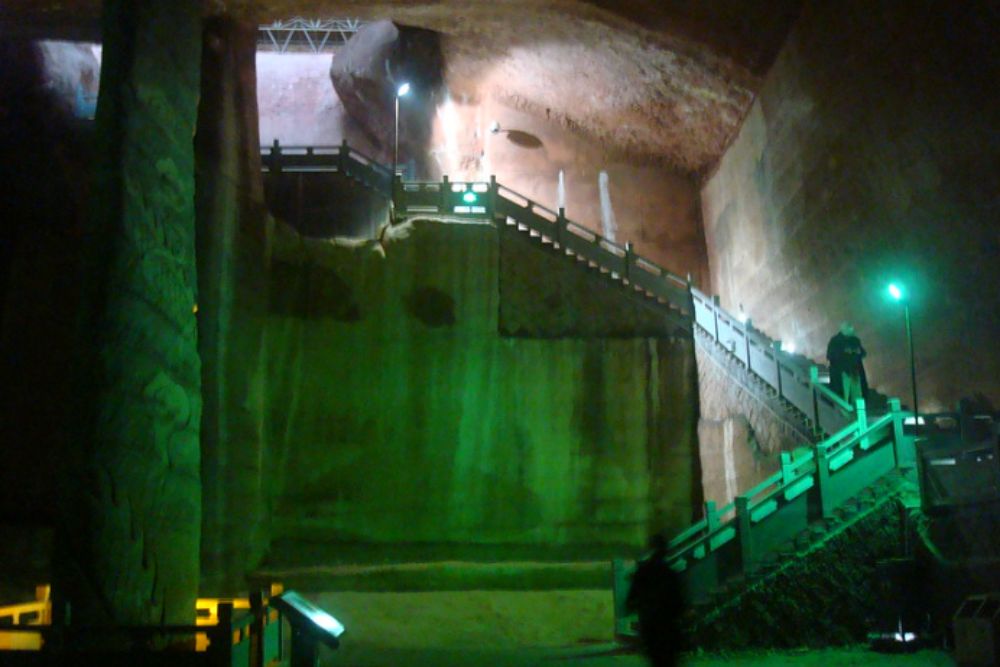
Discovered accidentally in 1992, these massive artificially carved caverns cover 323,000 square feet, yet no historical record of their construction exists despite the million cubic meters of rock that must have been removed. The perfectly straight walls, symmetrical pillars, and precise jogging marks covering all surfaces suggest sophisticated planning and execution, yet tradition and written records remain silent on who created these enormous underground spaces or why.
Perhaps most puzzling is how the builders worked in perfect darkness underground while maintaining consistent precision in their carving techniques throughout the connected grottoes.
Newgrange, Ireland
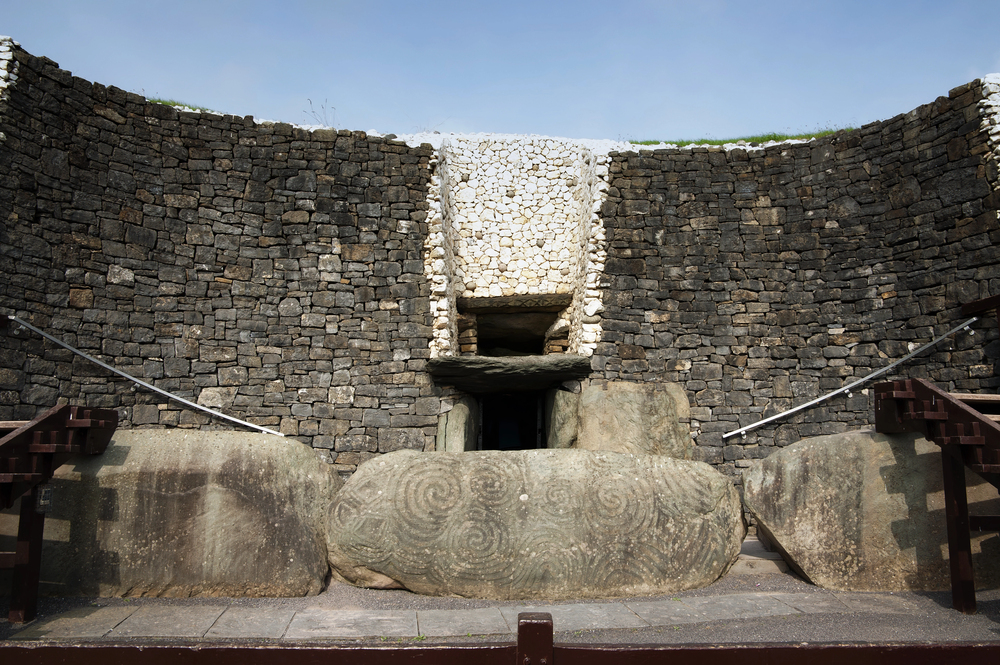
This 5,200-year-old passage tomb predates the Egyptian pyramids and features an ingenious design that allows the winter solstice sunrise to illuminate its central chamber for just 17 minutes annually. The precision required to align the roof box opening suggests sophisticated astronomical knowledge, while the engineering needed to create a waterproof structure that remains completely dry after five millennia demonstrates remarkable technical skill.
The original cultural context, astronomical knowledge, and engineering capabilities that enabled its construction remain extensively debated by archaeologists and archaeoastronomers seeking to understand this Neolithic masterpiece.
Like Travel Pug’s content? Follow us on MSN.
Lake Anjikuni, Canada
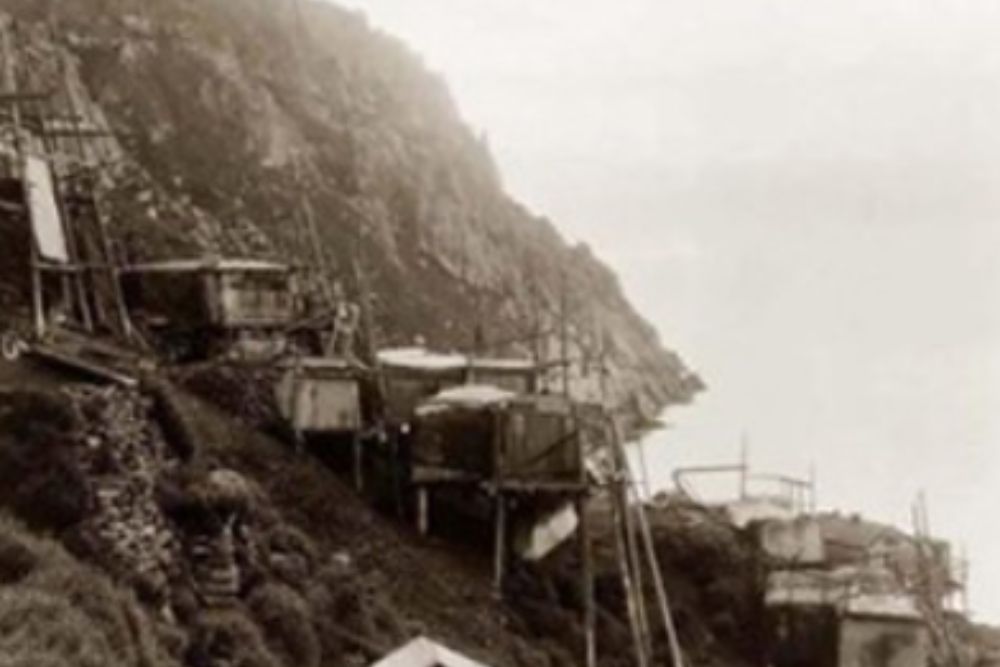
The alleged overnight disappearance of an entire Inuit village in 1930 remains one of the most perplexing modern mysteries, with conflicting reports about whether the incident actually occurred as described. According to the account by fur trapper Joe Labelle, he discovered an abandoned village with meals left cooking, rifles still stacked by doors, and no human tracks leading away despite fresh snow.
While many skeptics consider the story a journalistic fabrication or extreme exaggeration, the persistence of the account in both popular culture and historical discussions highlights our fascination with unexplained disappearances and the uncertainty that still surrounds this remote location.
Great Zimbabwe, Zimbabwe
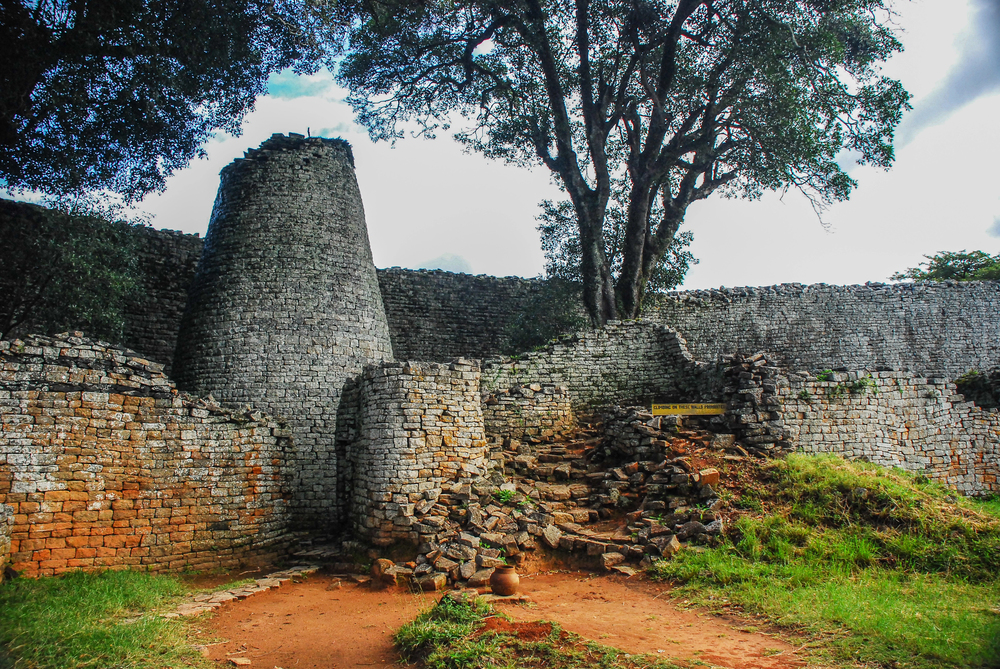
The massive stone complexes of Great Zimbabwe represent sophisticated engineering and social organization that European colonizers refused to attribute to indigenous African builders, creating historical misconceptions that persist today. The precision-fitted walls, standing up to 36 feet tall without mortar, protected an ancient city that served as the capital of a vast trading empire between the 11th and 15th centuries.
Modern archaeologists now recognize the site as entirely African in origin, raising important questions about how colonial assumptions continue to influence our understanding of historical achievements across cultures.
Plain of Jars, Laos
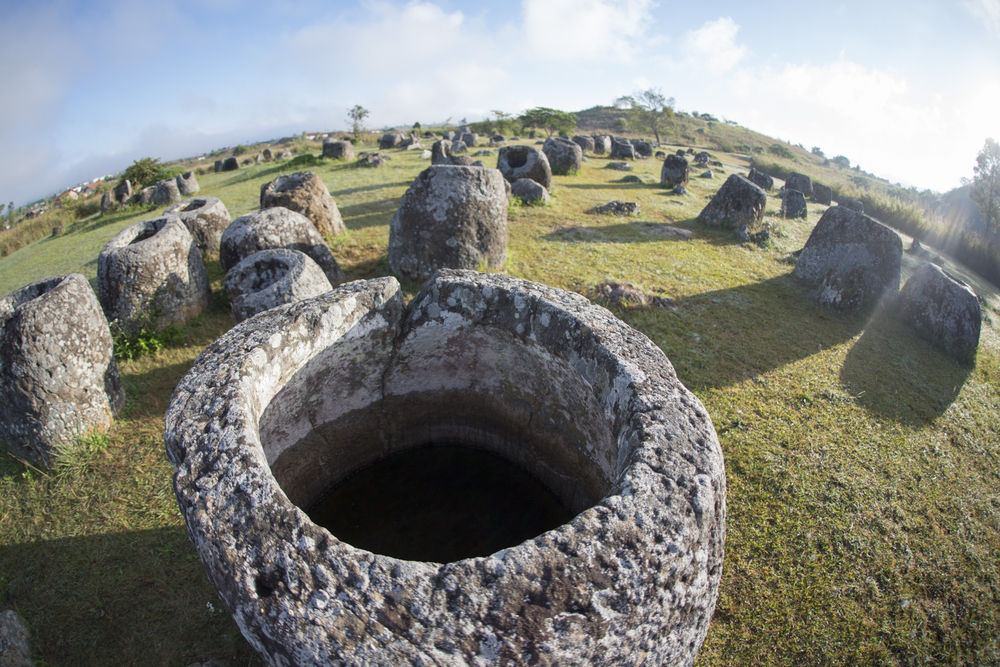
Thousands of enormous stone jars, some weighing several tons each, dot the landscape across central Laos. Their original purpose remains elusive despite extensive archaeological investigation.
Theories about their function range from funerary vessels to food storage containers to rainwater collection systems, yet conclusive evidence remains elusive. The sophistication required to quarry, transport, and position these massive containers across a wide geographic area suggests an organized society about which we know remarkably little.
War and political isolation have limited scientific access to the sites for decades.
Like Travel Pug’s content? Follow us on MSN.
Yonaguni Monument, Japan
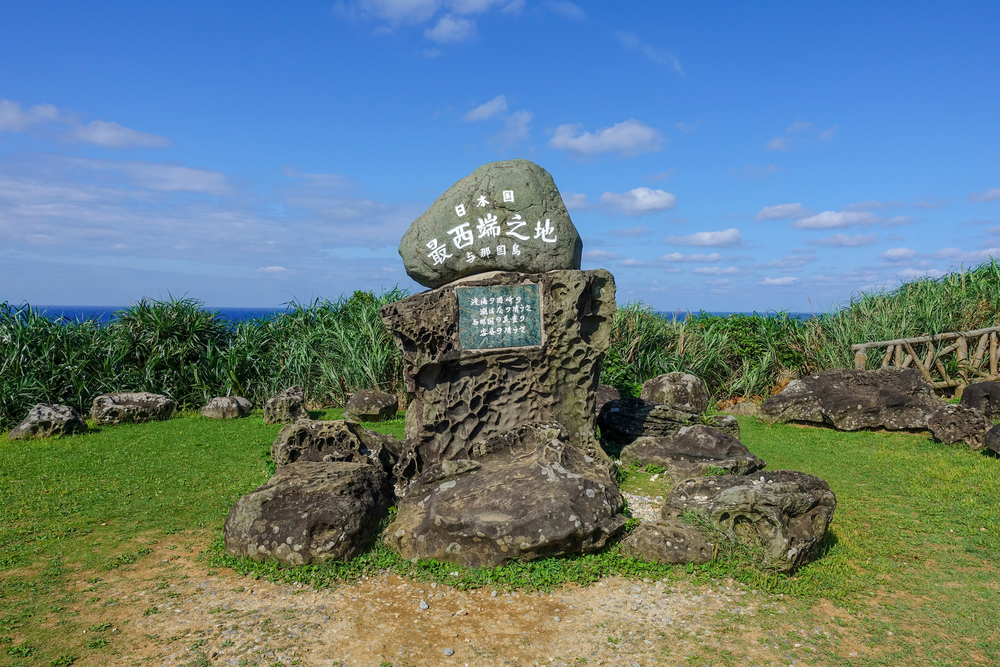
The underwater rock formations off Yonaguni Island feature seemingly artificial characteristics like straight edges, right angles, and stair-like terraces, sparking fierce debate about whether they represent natural geology or a submerged ancient structure. Located in relatively shallow water, these formations would have been above sea level during the last ice age, potentially allowing for human modification of natural features. Marine geologists remain divided, with some arguing the structures result entirely from natural processes.
In contrast, others point to specific features that seem difficult to explain through normal geological weathering and fracturing alone.
Georgia Guidestones, USA
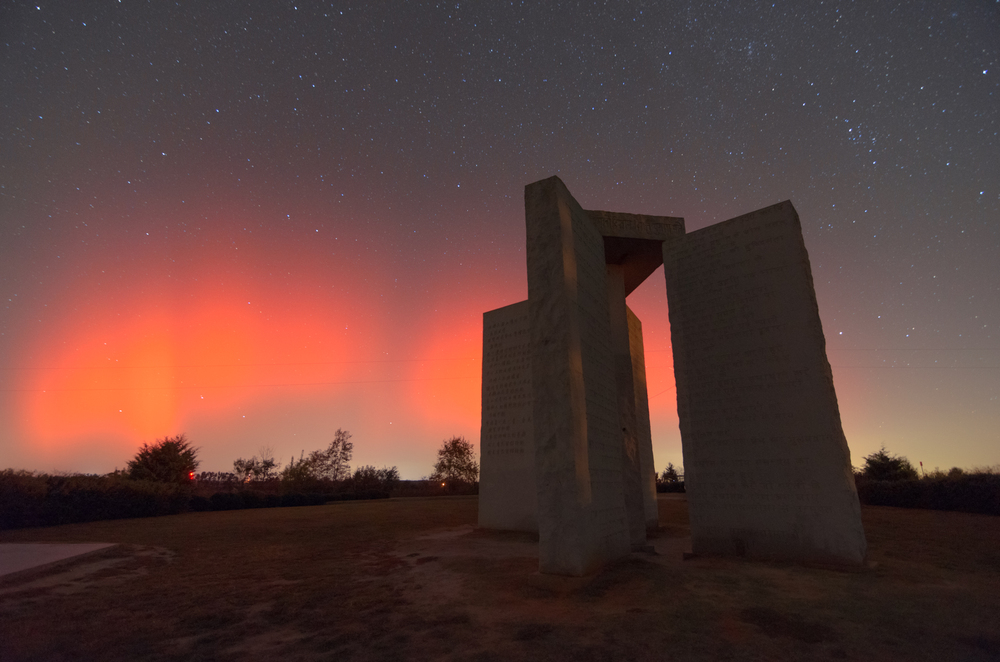
This modern megalithic monument, erected anonymously in 1980 with precise astronomical alignments and inscribed with ten principles for humanity in eight languages, represents a contemporary mystery of intention and authorship. The 19-foot granite slabs, weighing over 20 tons each, featured messages advocating controversial population control and global governance, attracting both admirers and critics until their destruction by unknown persons in 2022.
The Guidestones raised persistent questions about who commissioned them, why they chose rural Georgia, and what specific future event or society they envisioned with their precisely engineered monument.
Like Travel Pug’s content? Follow us on MSN.
Teotihuacan, Mexico
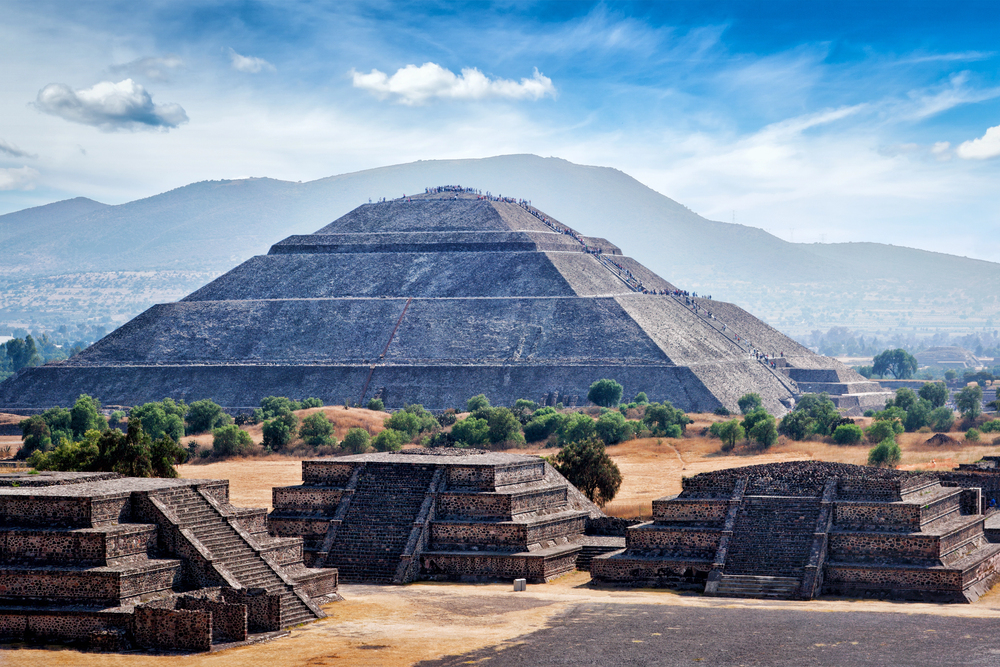
The massive ancient city of Teotihuacan features precise astronomical alignments, advanced urban planning, and evidence of multiple cultures. Yet, scholars remain uncertain who built it, what language they spoke, or why they abandoned this metropolis.
The pyramid complexes demonstrate sophisticated mathematical relationships and acoustical properties that suggest advanced scientific knowledge, while the city’s multicultural artifacts challenge simple narratives about its origins.
Perhaps most remarkably, despite its enormous influence on subsequent Mesoamerican civilizations, Teotihuacan’s original name remains unknown, as the current Aztec name merely means ‘place where gods were born.’
Paracas Candelabra, Peru
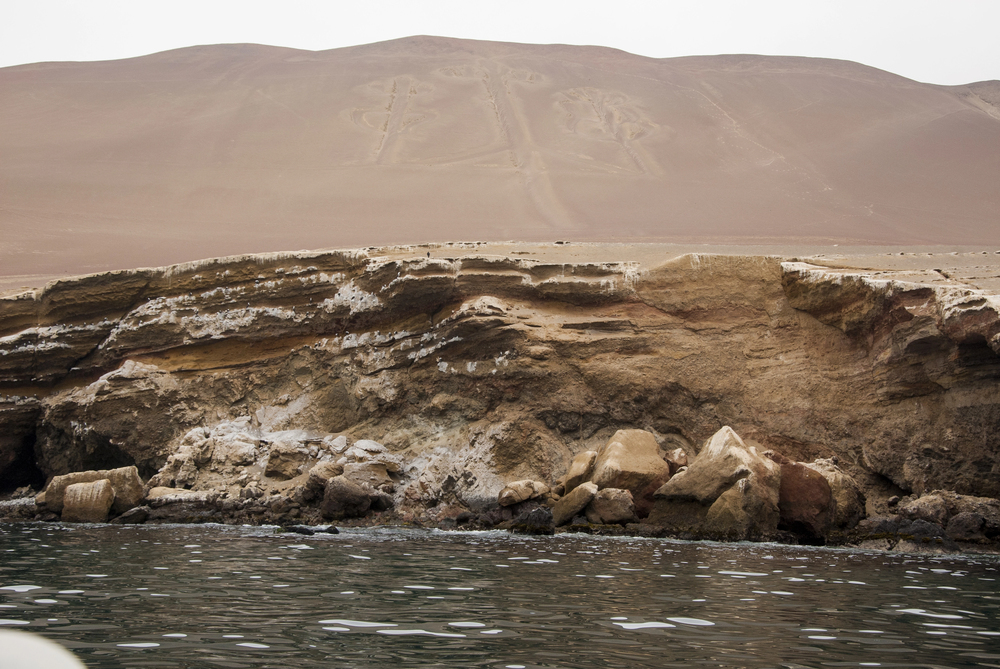
This enormous geoglyph carved into a hillside facing the Pacific Ocean has maintained its distinct form for perhaps 2,000 years despite being scratched merely two feet deep into sandy soil in a windy location. The 595-foot design remains visible from miles out to sea, suggesting a navigational purpose, yet its creators and specific meaning remain unidentified.
Archaeological associations with the Paracas culture raise additional questions about this ancient society’s maritime capabilities and potential connections with other regions along the Pacific coast.
Nan Madol, Micronesia
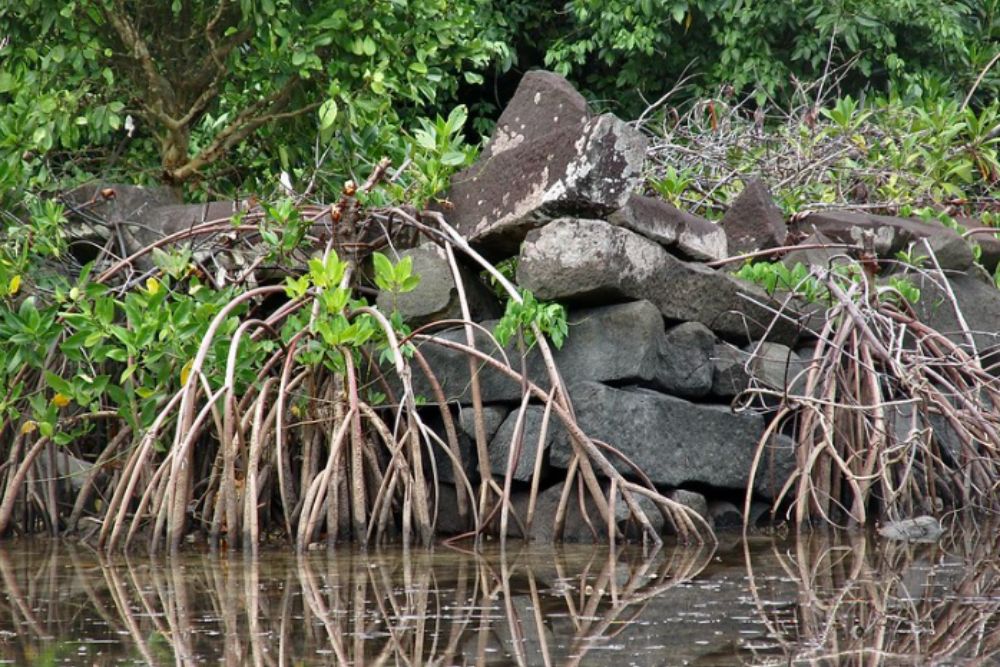
Built on a coral reef using an estimated 750,000 tons of prismatic basalt columns transported from miles away, this artificial island complex was constructed without the benefit of wheels, metal tools, or draft animals. The engineering challenges involved in creating the 92 artificial islets connected by canals seem almost insurmountable given the available technology of the era, raising persistent questions about construction methods.
Local traditions attribute supernatural assistance to the construction. At the same time, archaeologists continue seeking practical explanations for how a pre-industrial society accomplished such a remarkable feat of heavy engineering in a marine environment.
Like Travel Pug’s content? Follow us on MSN.
Serpent Mound, USA
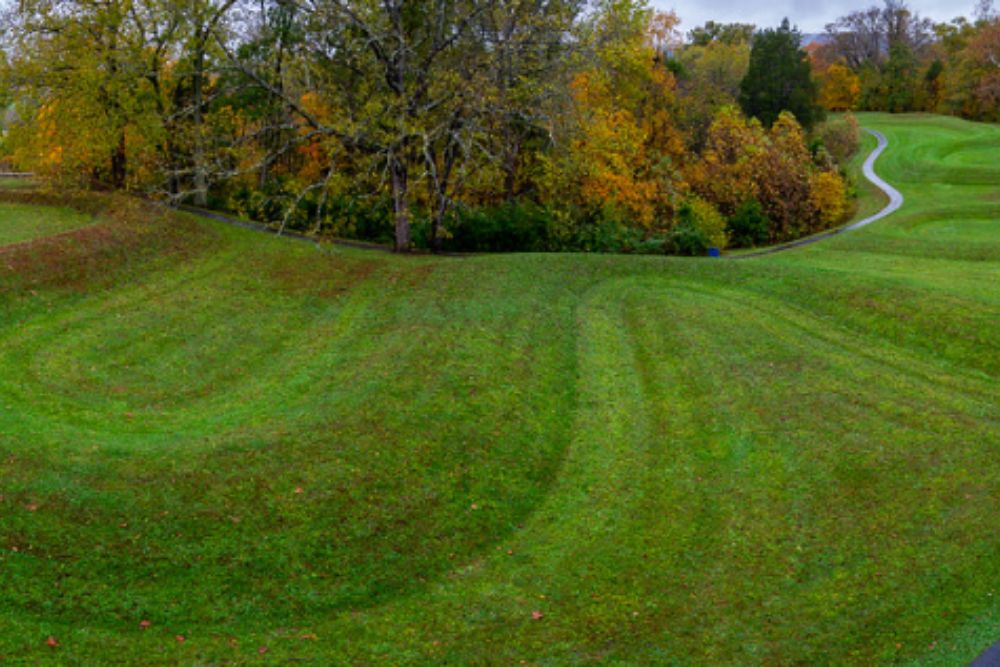
The precise celestial alignments and mathematical properties of this 1,300-foot-long effigy mound challenge archaeologists’ understanding of ancient North American cultures and their astronomical knowledge. The sinuous earthwork aligns with the summer solstice sunset and lunar standstills, suggesting sophisticated observational astronomy, yet its construction date and cultural attribution remain contested.
Recent carbon dating has yielded conflicting results, suggesting either Fort Ancient or Adena’s cultural origins are separated by nearly a thousand years, complicating the attribution and interpretation of this massive earth sculpture.
Puma Punku, Bolivia
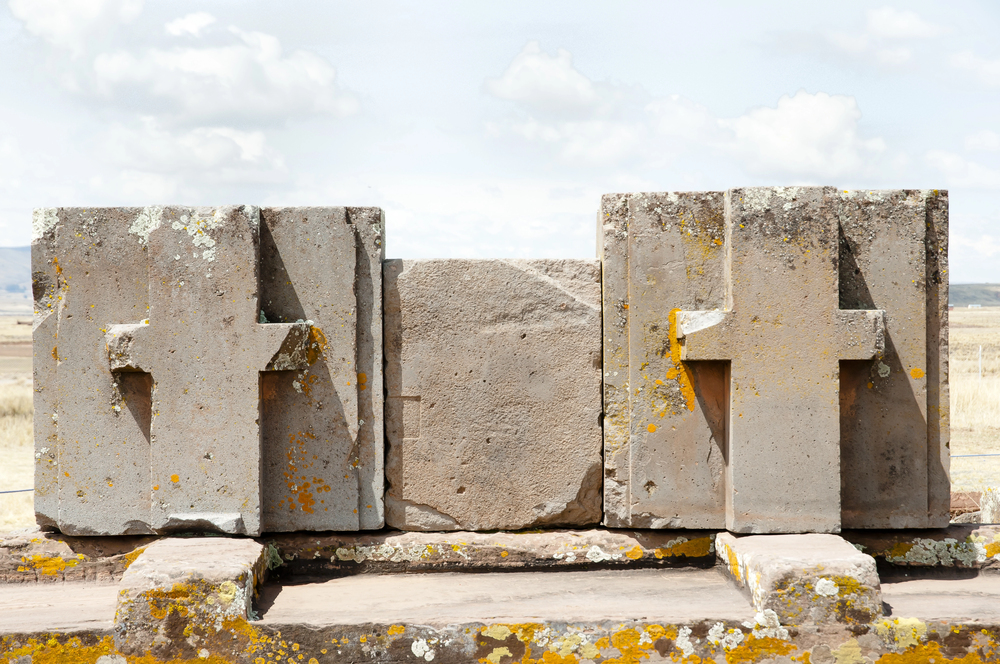
The megalithic stone blocks at Puma Punku feature precision cuts, perfect right angles, and standardized dimensions that would challenge modern stone-cutting technology, yet were created by a pre-Columbian civilization without metal tools. Some individual stones weigh up to 800 tons and show evidence of complex machining techniques, including drill holes with clean, precise edges.
The remarkable precision, including H-shaped blocks that fit together in complex three-dimensional arrangements, has made this site a particular focus for alternative theories. At the same time, mainstream archaeologists continue seeking plausible explanations for the advanced stone working techniques evident throughout the ruins.
The Dancing Forest, Russia
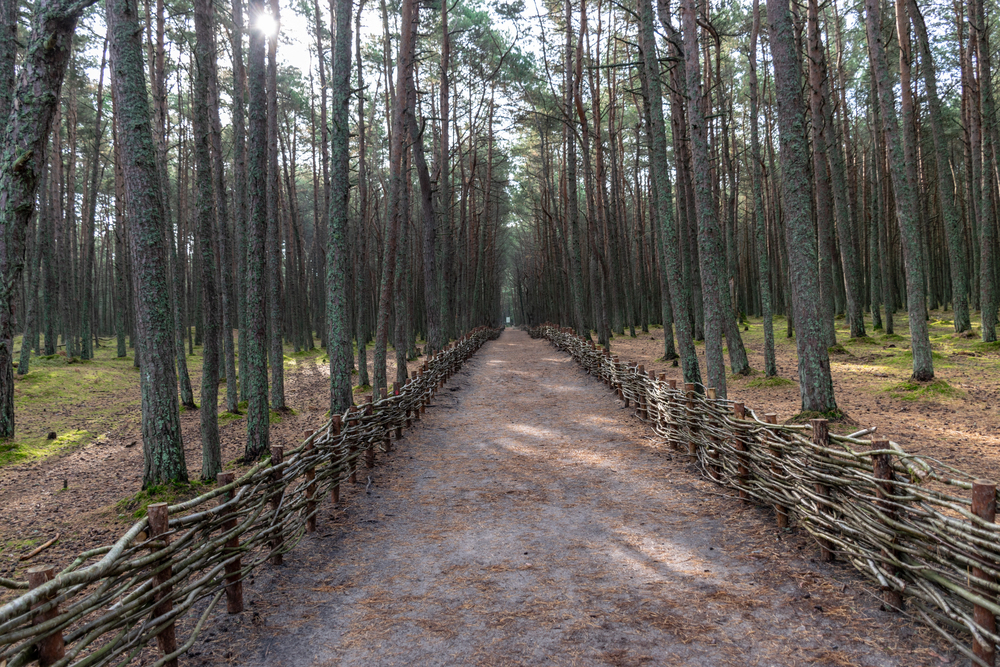
The bizarrely twisted pine trees of the Curonian Spit create spiral patterns and contorted shapes unlike normal growth patterns, with some trees corkscrewing multiple times before reaching skyward. Scientific explanations ranging from unusual wind patterns to insect activity to human manipulation have been proposed.
Yet, no consensus has emerged to explain why this forest displays such unusual growth patterns while nearby forests grow normally. Local folklore attributes mystical properties to the twisted trees while scientists continue studying soil composition, historical land use, and genetic factors that might contribute to this botanical anomaly.
Like Travel Pug’s content? Follow us on MSN.
The Persistence of Wonder
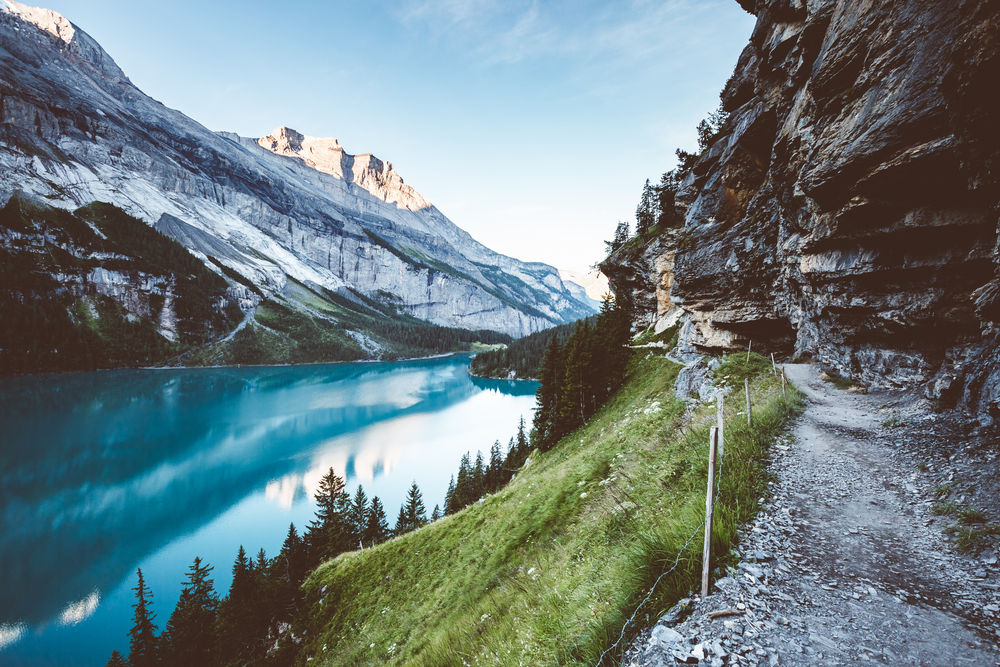
These enigmatic locations serve as important reminders of the limitations in our understanding of both human history and natural phenomena. Despite the advanced technology and centuries of scientific inquiry, certain places continue to guard their secrets, inspiring both rigorous research and imaginative speculation.
The greatest value of these mysterious sites lies not in the answers they eventually yield, but in their ability to maintain our sense of wonder in an age that often presumes complete knowledge. They remind us that the world remains filled with legitimate mysteries—places where the questions they inspire prove more valuable than any definitive answers we might impose upon them.
More from Travel Pug

- Cities Growing so Fast You Won’t Recognize Them in 10 Years
- 13 Destinations Where Tourists Regularly Regret Their Trip
- 20 Obscure WWII Sites Even History Buffs Don’t Know About
- 10 Under-the-Radar Mountain Towns That Are Both Affordable and Beautiful
- 20 Abandoned Places That Feel Like Real-Life Post-Apocalyptic Movie Sets
Like Travel Pug’s content? Follow us on MSN.
